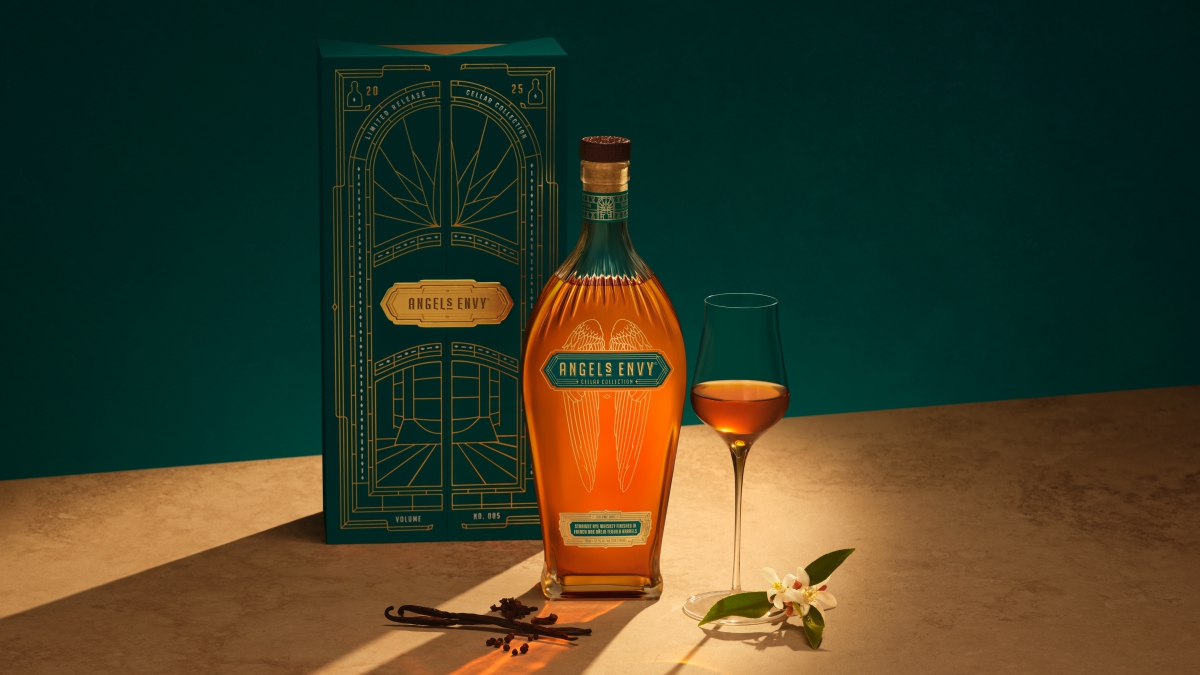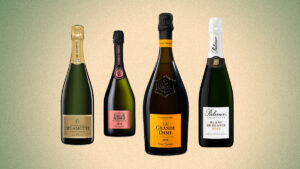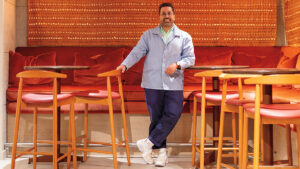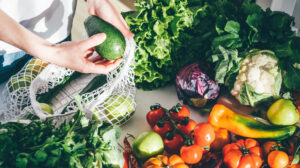Welcome to , where every week our critic explores the most buzzworthy and interesting whiskeys in the world. Check back each Sunday for his latest .
is a brand that is focused on doing one thing, and doing it well: making cask-finished . Most of that whiskey is bourbon, but the distillery also releases cask-finished on a smaller level, and that includes the latest release in the Cellar Collection Series—a rye that was finished in French oak extra añejo barrels, and it’s very good.
The new Cellar Collection release is a blend of three components, all made at Indiana distillery using its standard 95 percent rye/5 percent malted barley mashbill. The first is a rye aged for about 6.5 years that was finished in tequila barrels for a year and a half (75 percent of the blend), the second is a 7.5-year-old rye that spent the same amount of time in tequila barrels (15 percent), and the third is an unfinished rye whiskey aged for 11 years in new charred oak barrels (10 percent). The tequila barrels in question, as you might have guessed based on the fact that is owned by Bacardi, come from . And the specific tequila is Gran Piedra, an extra añejo that spends four years in a combination of American and French oak. Brands often talk about aging their spirit in barrels used for a specific expression: see tequila aged in bourbon barrels. These are often very good, but sometimes it just feels more like marketing. If the same barrels are used for different whiskeys produced at the same distillery, is there really a difference between, say, barrels and barrels?
Well, sometimes there is. I asked master distiller Owen Martin about this, and he said it came down to the length of time the spirit was in the barrel and the specific type of wood. He selected 150 barrels from that had been used just once to age tequila. They were a hybrid build, consisting of French oak heads and American oak staves, and he noted that the extra añejo seasoning added notes of grassy, sweet spice and the French oak contributed baking spice notes, which he felt made them perfect for rye whiskey. Once the blend was complete, the whiskey was put back into ex-rye barrels to mingle for a few months before bottling. “We only added 10 percent of the older whiskey, because it mellowed the blend—the finished rye gives me that tart, juicy characteristic, while the unfinished rye adds body and finish,” he said.
I’ve tried several different tequila-finished whiskeys before, and some are successful while others… not so much. This new rye falls squarely into the former category. According to Martin, most of the finishing process, as far as picking up flavor, happens during the first few weeks a whiskey spends in a secondary cask. The rest of the time just allows the flavors to integrate, which has clearly happened here. This is very recognizably a rye whiskey, although I’d be curious to see if I could identify it as an rye in a blind tasting (a question Martin posed to me). Big juicy fruit notes lead on the palate, along with soft baking spice, honey, brown sugar, freshly ground black pepper, and a bit of menthol on the finish.
To be honest, I’m not sure I could identify this whiskey as having a tequila finish if I didn’t know what I was drinking. I might even flag it as some sort of wine or Cognac secondary maturation. Does that matter? I don’t think so, because the point of a cask finish is not necessarily to make the spirit taste like what was previously in the cask (“The best input I got on the Cask Strength Rye was that sometimes, with a finished whiskey, you don’t even know it’s finished if you’ve nailed it,” Martin told me). This new Cellar Collection release feels like a bit of an outlier in the Angel’s Envy portfolio, but in a good way, and it definitely has me looking forward to whatever else the distillery has on deck.
Score: 89
- 100 Worth trading your first born for
- 95 – 99 In the Pantheon: A trophy for the cabinet
- 90 – 94 Great: An excited nod from friends when you pour them a dram
- 85 – 89 Very Good: Delicious enough to buy, but not quite special enough to chase on the secondary market
- 80 – 84 Good: More of your everyday drinker, solid and reliable
- Below 80 It’s Alright: Honestly, we probably won’t waste your time and ours with this
Authors
-

Jonah Flicker
Flicker is currently Robb Report’s whiskey critic, writing a weekly review of the most newsworthy releases around. He is a freelance writer covering the spirits industry whose work has appeared in…
Credit: robbreport.com











